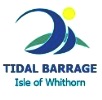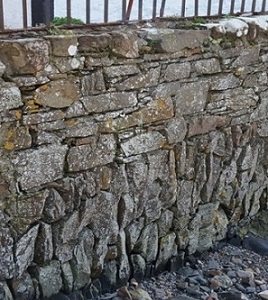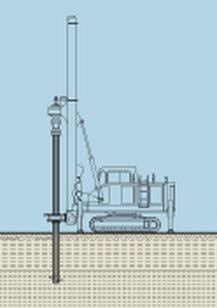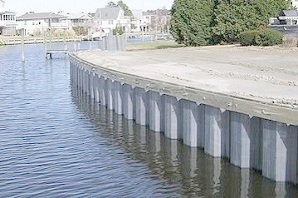Background
Houses and the two main retaining walls, located at the Stinking Port and Harbour on the Isle of Whithorn are built on gravel foundations. The wall at the Stinking Port is about 100m long. Over time these structures have deteriorated and have become porous, consequently leading to major flooding issues around the port during storms. The unfit foundations and walls permit water ingress through from the bottom up. Additionally, the height of the wall has proven to be insufficient, which leads to water overtopping during severe storms.
Through our model and calculations for the effect of the tidal barrage on the water levels in the harbour we have acquired the optimum solution to assure that no risk of flooding exists from the harbour side. Therefore, to mitigate flooding coming from the Stinking Port, an engineering solution is required to achieve effective water protection edifices; our proposed solution being the application of steel sheet piles as a wall.








